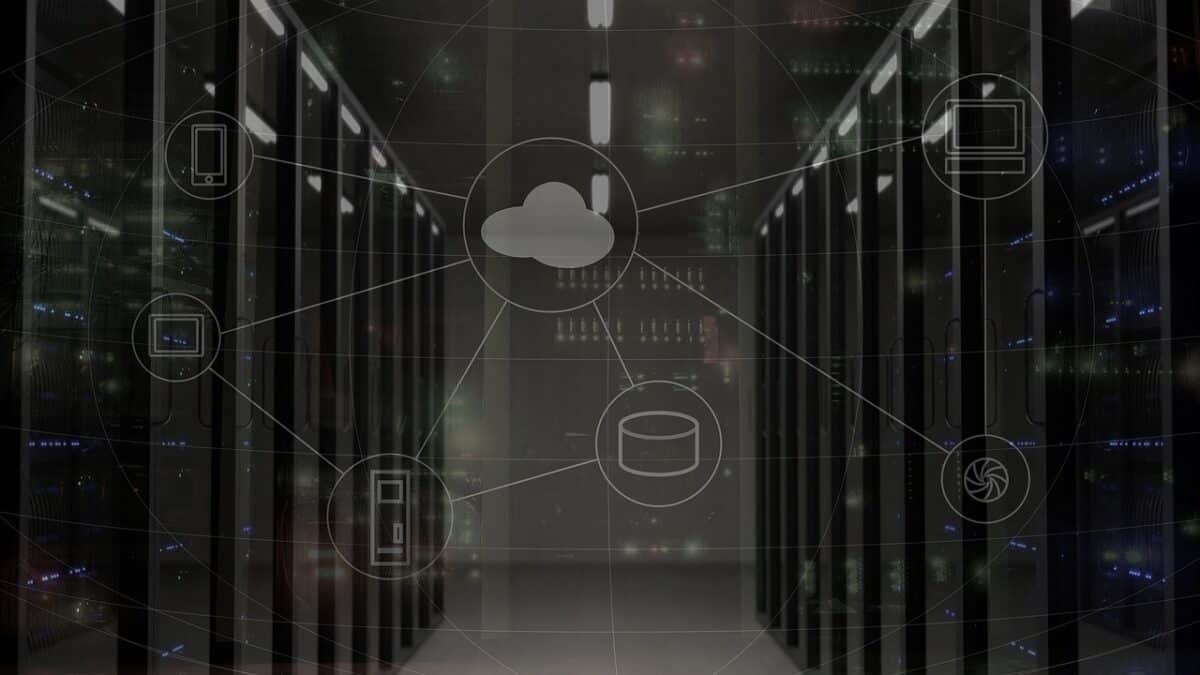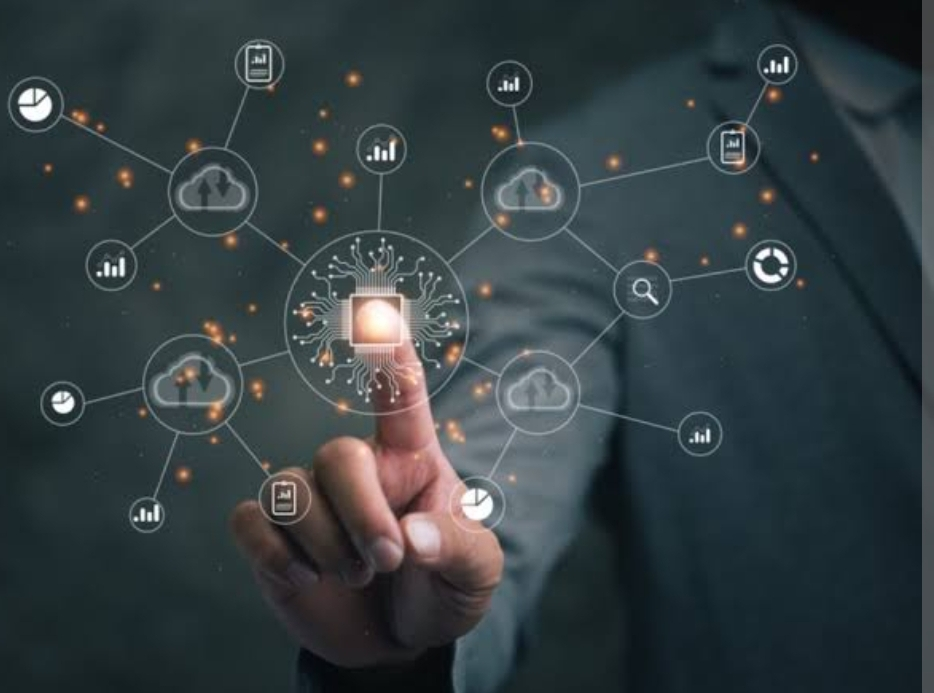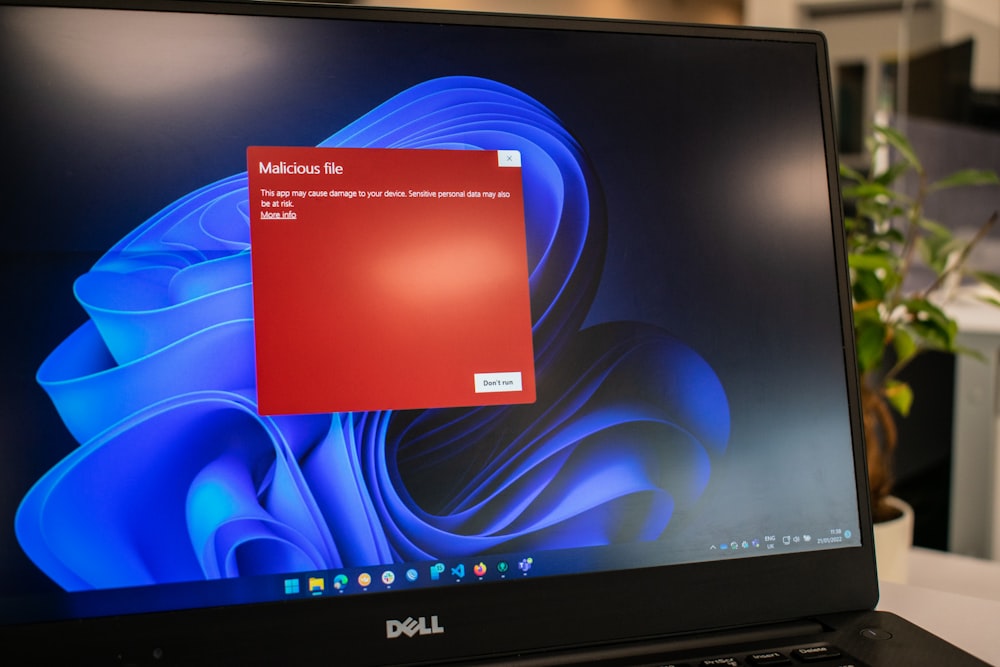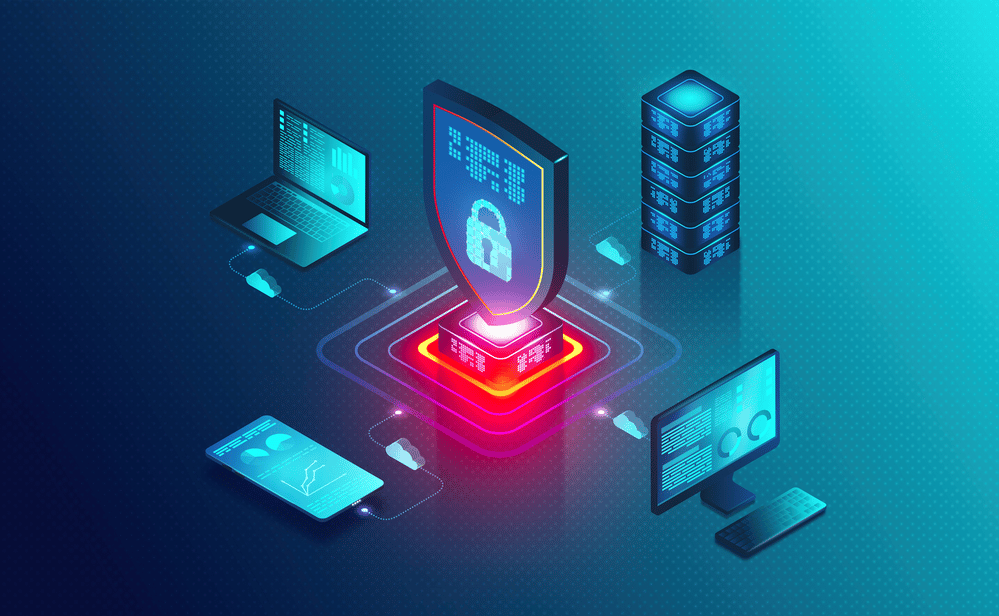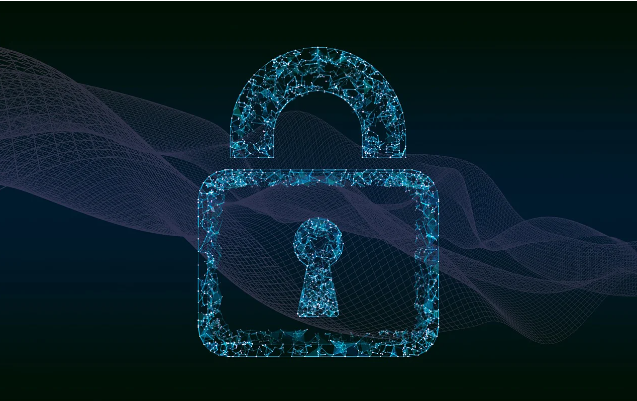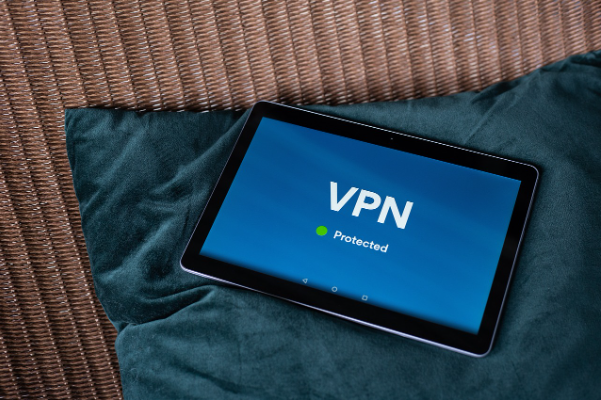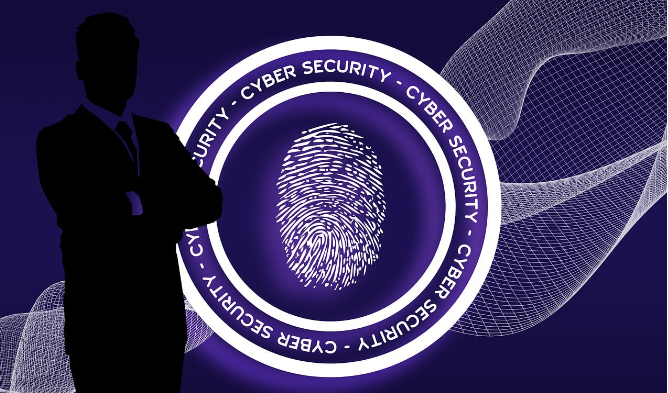How long does it take to transition to Cloud Computing Strategy?
The cloud environment is the internet. It is that remote location where information and data are stored as well as easily accessed. in the past times, data is stored in physical files and folders.
These mediums of storage were prone to a lot of accidents and mishaps. One fire department fire and information is lost. some companies decided to make duplicates of crucial data which was not very cost-effective.
Along the line came the advancement of information and new technology which brought along with it the earlier generation devices which utilized electronic systems to analyze, process, organize and store data. all information is kept on a hard drive.
While this was a major leap for information technology, it did have its setbacks like a hardware crash, equipment damage, and single server issues for large companies.
The cloud costs remains the most cost-effective and efficient means of data storage accessible to anyone and everyone any day and anytime. Information uploaded to the cloud is much easier to organize, analyze and store for a longer time.
Many IT-based companies began to see the importance of migrating to the cloud. However, asides from IT companies, other establishments, and older businesses should consider migrating to the cloud.
What is Cloud migration
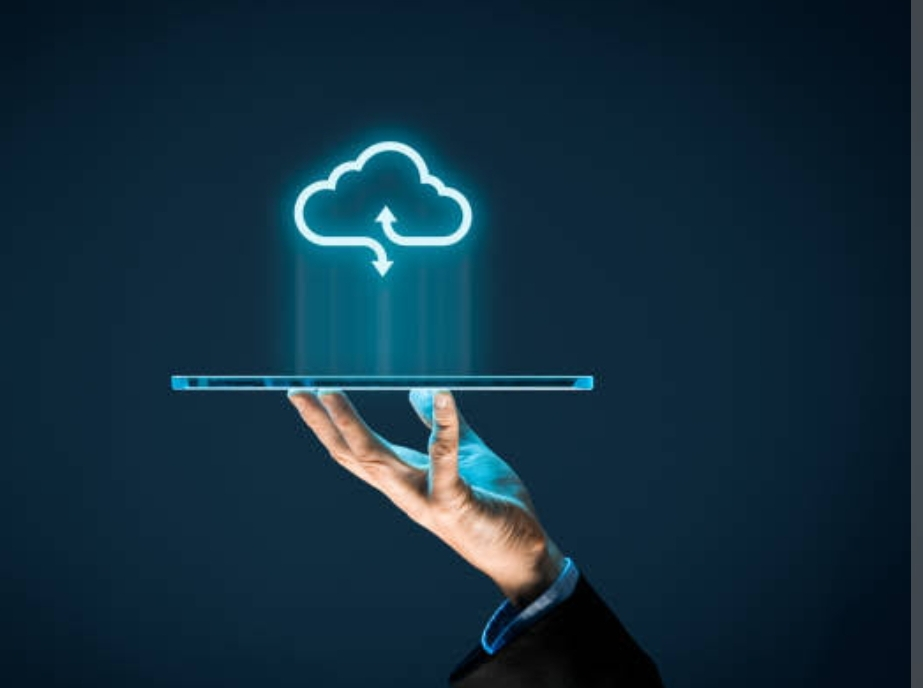
The cloud migration process is a set of procedures taken to move data and information from hardware or software to the internet storage base which is the cloud. This migration process covers applications, data, and processes.
Is moving to the cloud a good idea?
Cloud storage can save money by reducing costs at an economical price by using cloud storage for backup without requiring the need for infrastructure. Increasing amounts of companies move their infrequent access data (archiver data) to cloud storage to comply with regulatory requirements. If the business needs a cloud-based solution to meet its challenges, then you should plan a mid-shift and go-live.
Deploying a Cloud Computing Strategy?
Most IT professionals use at least one public or private cloud—and on average organizations use almost five clouds in managing their different data systems, processes, workflows, and applications.
It could make it possible that most companies could use an online ERP platform for back-office operations, and also a web app for marketing and sales automation that could manage e-commerce and other front-office operations. Most business functions are moving into the cloud.
A medium project involving migrating email and document management can take 2-4 months. It can take 6-24 months to set up more complex server setups and configure cloud-native services.
Companies move to the cloud at different rates. An application migration timeline, for instance, includes planning the migration progress rate, training staff, and modifying applications to facilitate deep cloud integration. Each organization will accomplish these steps at its own pace.
In some cases, it may be necessary to migrate all or part of your data and applications to the cloud quickly. For example, many companies accelerated their cloud migration process in 2020/2021 to support remote working, online transactions, and online data storage.
What Are the Benefits Of Migrating To The Cloud?
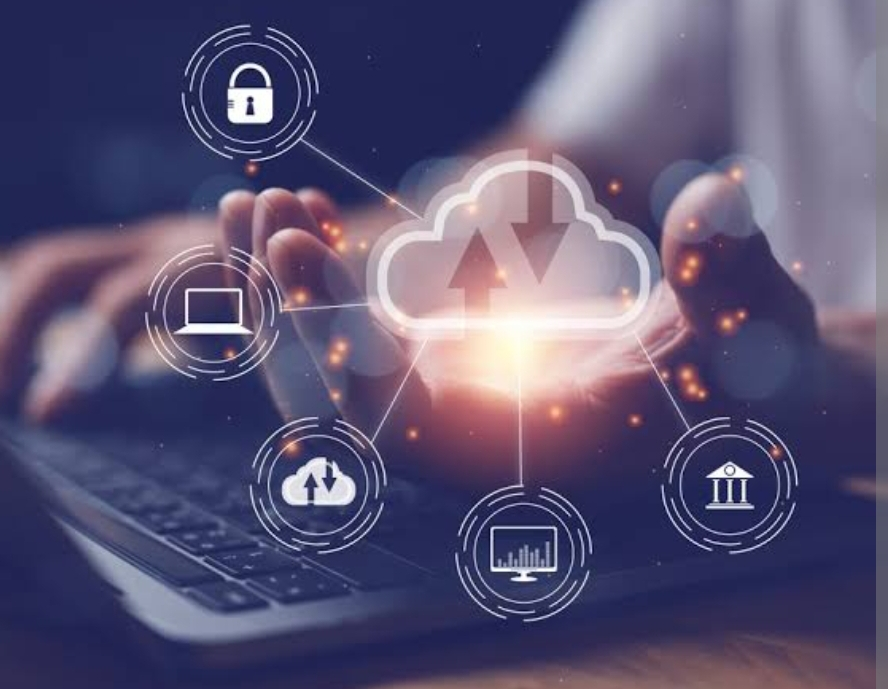
Global cloud computing revenues will grow from 2020 to 2022. Cloud adoption dominated IT spending during pandemics. Why are cloud migrations becoming more widespread? That’s a good question and we have several good answers for that as well. For starters, buying and running hardware on-premises is an expensive task.
Cloud-based service providers handle the bulk of maintenance tasks that occur in the cloud, including servers, performance, platform updates, and hosting. The cost of running, managing, or maintaining cloud platforms is minimal. Cloud computing is available at very competitive rates, resulting in greater IT costs.
The key factor in choosing Cloud Migration is the business value. It is important to align application development with business objectives and outcomes. Once this goal and objective are defined, it is very easy and economical to create an effective plan. You have to know how many apps move into the cloud.
A good way to determine the infrastructure you’re looking for is to identify how the Cloud environments will work for your application. Nonetheless, the migration isn’t profitable for most users and some apps require riskier or more difficult moves.
What Are Some Benefits of Cloud Migration?

There are numerous benefits based on premise of a successful transition of a company to migrate to the cloud. Below are a few you’ll want to consider.
1. Application modernization
Providing services in the cloud requires you to make infrastructure components cloud-compatible. There are several cloud computing best practices that your company needs to meet to achieve seamless operations in the cloud. It can help make your digital transformation seamless. Companies with inflexible architectures will hinder a smooth transition.
Using modern data systems almost always boosts the performance of cloud-based applications, for example — which can improve your customers’ experiences. It is necessary to take note of key performance indicators.
2. Cost benefits
Buying, running, and maintaining on-premises hardware and software can be a costly affair.
The cloud provider handles most of the maintenance work on the cloud, including server performance, platform updates, and other host management tasks.
There is minimal equipment to buy, run, or maintain on a cloud platform. Cloud computing services also come at competitive prices, which translates to more IT cost savings for you.
3. Moving to the clouds sets your team free to complete critical tasks
An on-premises system requires constant care, which takes a lot of time and effort. This leads to a significant loss of productivity.
Migration to the cloud takes the burden off of your team and puts it in the hands of cloud providers who are equally or more capable. It is also less time consuming.
4. Meet customer expectations
Modern customers expect to access services at any time, from anywhere.
But the farther they are from your on-premises databases and servers, the greater the chance of experiencing latency.
Cloud computing helps customers in multiple locations access seamless services using the nearest data centers, reducing lag issues.
This can help you enhance customer experiences and open up international markets. It can also boost businesses in a new environment.
5. Enhance scalability
Today, viral campaigns can drastically change the course of your business. Cloud computing enables your IT infrastructure to adapt to spikes in online traffic, such as increased server requests from a viral campaign — without slowing down your system.
The cloud strategy makes it easier to scale up and down resources as your needs fluctuate.
6. Improve flexibility
When your core business must pivot to survive, the cloud can offer a quick and relatively inexpensive solution.
You don’t have to worry about spending more money on new equipment or what to do with no longer-needed infrastructure as a service components.
7. Support remote teams
With cloud migration, organizations can shift to a hybrid workspace that empowers distributed teams to collaborate in real time.
So, you can hire talent from around the world or coordinate team members working remotely.
8. Take advantage of continuous deployment strategies

Cloud computing is an excellent system for startups looking to launch bare-bones products.
They can use continuous integration (CI) to release additional features as they go while patching security concerns as they occur.
For larger SMBs and enterprises, migration to the cloud means system updates take minimal time to avoid significant disruptions — and that is just one example.
9. Lead your competitors
Combining these benefits gives you a competitive edge in cost savings, better system performance, team productivity, and customer satisfaction.
It can translate to new and long-term business for you. A Google cloud platform is a significant investment.
What can you do to take advantage of those benefits in the cloud?
It’s likely that you already benefit from some of the benefits of cloud computing. But what if you want to go all-in, as we see many companies do, in the wake of the new normal?
You’ll want to start by preparing a cloud migration strategy. You can do it easily when you know what to do. Here’s what to know.
What Are the Benefits Of Migrating To The Cloud?
Global cloud computing revenues will grow from 2020 to 2022. Cloud adoption dominated IT spending during pandemics.
Why are cloud migrations becoming more widespread? It’s a good reason why we need cloud migrations in our businesses. Here are some things you should be thinking about.
Cost benefits
Buying and running hardware on-premises is an expensive task. Cloud-based service providers handle the bulk of maintenance tasks that occur in the cloud, including servers, performance, platform updates, and hosting.
The cost of running, managing, or maintaining cloud platforms is minimal. Cloud computing is available at very competitive rates, resulting in lesser IT costs.
Cloud services companies can manage every upgrade and repair process, saving time and money for companies. The extra funds can be used for business development, innovation, or improvement of a product.
Defining Strategy and Developing the Business Case
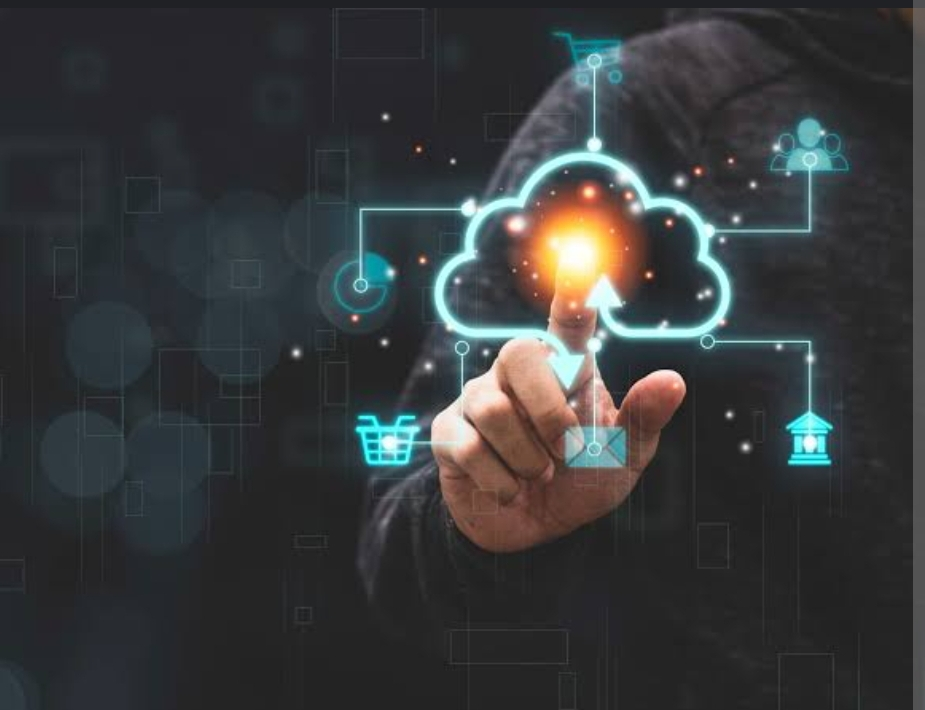
The most important factor in choosing Cloud Migration is the business value. It is important to align application development with business objectives and outcomes. Once this goal and objective are defined, it is very easy and economical to create an effective plan.
You have to know how many apps move into the cloud. A good way to determine the infrastructure you’re looking for is to identify how the Cloud environments will work for your business processes.
What Determines How Long a Cloud Migration Takes?
Application migration processes require detailed planning, evaluation, and execution. The cloud should help you make sure that all the software available for business processes is suitable.
As previously stated, cloud migration varies according to your starting position. Some applications can be easily modernized and some require adjustment.
Take advantage of continuous deployment strategies
Cloud computing is the perfect platform for startups launching basic product lines. It enables them to develop features while patching the security risks in their processes.
The move into cloud technology makes system updates easy if there is no disruption – and this is just one example.
Moving to the cloud sets your team free to complete critical tasks
On-site systems require constant attention that requires considerable work. The result is a loss of productivity.
Migrating to the cloud takes your team’s burden away from the cloud enabling them to take over cloud-hosted services.
Bandwidth and Budget Limitations
Unlike other technologies cloud services provide a lot to the consumer that is too expensive or too difficult to buy.
In any case, your functionality depends on what you are paying for. Since services vary from different tiers, only the amount you want is used and then the amount is.
If we understate our needs for a migration we will encounter problems managing data. Storage may be exhausted if critical data is viewed on the server or operating model.
What Is A Cloud Migration Strategy?
Cloud Migrating strategies can be created to enable companies to transition data from on-prem to cloud applications.
Cloud migration requires considerable time and planning. Typically, cloud migrations will always be considered the most cost-effective way to migrate to the cloud.
Cloud migrations need to be successful and compatible with different types of application code. This section describes the key components of an efficient migration strategy to the cloud.
Downtime and Network Issues
Because cloud service providers are usually remote, they require network connections to get them.
Several networks have failed including issues related to migration processes.
Network congestion could be impacted as well by the ease and rapidity with which data is uploaded and downloaded into the cloud.
However cloud providers try to guarantee 100% availability, and catastrophic failure sometimes occurs.
What Cloud Migration Strategies Exist?
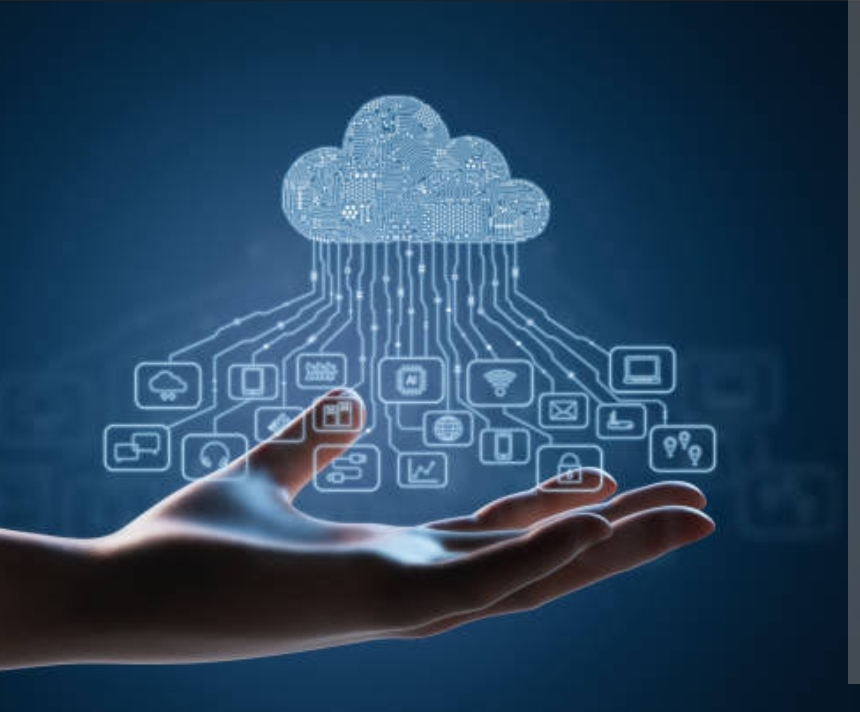
Cloud migration typically involves moving information between a website and cloud infrastructure. Typically a scenario involves the migration from a legacy system to the cloud.
Legacy systems have outdated or suboptimal components that don’t fit their purpose. They include slower servers, outdated networks, and databases that are obsolete or have been updated.
Cloud migration is also possible by changing the Cloud Computing Providers to another. It is known by some names as cloud migration.
A good way to start is to choose a cloud platform that will meet your business needs.
Cloud computing deployments have four types: public cloud, hybrid cloud, and multi cloud approach. Typically providers use the platforms as cloud service providers namely IaaS, PaaS, or SaaS for cloud computing.
Every cloud platform is different in its benefits and disadvantage depending on its needs and cloud capabilities.
Software-as-a-Service (SaaS)
SaaS allows you to download software via the Web. Though the setup process is quick and easy, the system offers less flexibility and control in its functionality. It may affect upload speeds on a cloud.
Platform-as-a-Service (PaaS)
Cloud services providers usually have hardware or software platforms as part of PaaS. The platform provides tools for development, installation, and operation. This gives you more control over your existing system, websites, and apps, and more speed.
Assess your cloud migration
When the application or data is deployed to the new system, the migration can be evaluated based on a set of KPIs. Compare new to old technology; it is advisable to compare before the deactivation of legacy applications.
It is possible to use multiple environments at the same time. This will allow you to evaluate your ability to gain the cloud advantages you aimed for. You can also demobilize legacy software when a cloud migration expert has given you approval. During this phase, you’ll upgrade your cloud environment so you can increase performance while reducing cloud expenses.
Migrate workloads from a local data center to the cloud
Install cloud firewalls for data loss. Keep the same data safe if there are any unforeseen changes needed so there are no compatibility problems. Transfer your data to a cloud service you choose. You can upload files into clouds over the internet.
Physical transmissions are likely the fastest and most securest method of transporting data to a storage facility. This can easily measure migration expenses by automating migration.
How Long Does Cloud Migration Take?

Usually, the migration of emails is 2-3 months a year. It takes six to 24 months for complex networks and servers as well as configurations of cloud-based services. Businesses use cloud services at various levels.
A migration plan can include planning migration training staff and modifying applications in a way that allows for deep cloud integration. It will prevent the occurrence of shallow cloud integration.
All organizations must achieve this at their speed. Sometimes you need to quickly migrate your data or applications to cloud services.
AWS Cloud Migration Services
Public cloud providers provide dozens of unique, robust, and secure cloud migration services. It comprises AWS migration services, AWS server migration services, snowmobiles, and AWS migration hubs.
What is the easiest workload to move to the cloud?
SaaS software is an easy-to-manage Cloud workload that can be easily integrated with the Cloud Platform. These are based on bespoke software that is hosted on a cloud-based infrastructure. Besides being easy and efficient to operate, SaaS products like iCloud and Salesforce offer scalable and flexible support.

